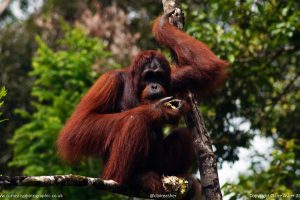Saving Face or Saving the Planet?

I’ve written before about the issues surrounding our near-limitless demand for palm oil. So you might expect I’d be applauding Iceland for promising to cut palm oil from their own-brand products from 2019 onwards – the kind of self-imposed deadline most campaigners can only dream of. And you might think I’d be up in arms about the ban that has stopped their beautiful and heartbreaking advert from reaching millions. And you’d be partly, but not completely, right.
